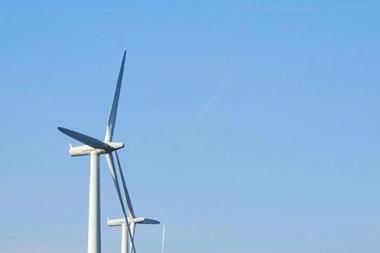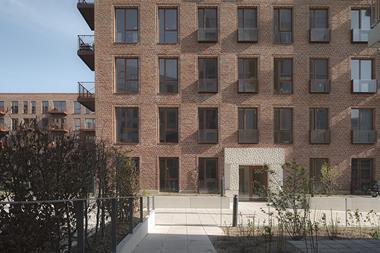The infrastructure portfolios of European pension funds are at risk of losing more than half of their value due to the physical risks of climate change, EU regulators have been warned.
EDHEC Infrastructure & Private Assets Research Institute has sent an open letter to the European Insurance and Occupational Pensions Authority (EIOPA) urging the body to address the vulnerability of infrastructure to climate change and the potential for this to threaten the stability of EU pensions and insurance systems.
The letter to EIOPA chair Petra Hielkema calls for “reinforcement of the integration of climate risk in the assessment of the solvency of insurance and pensions institutions, which could lose up to 50% of the value of their infrastructure portfolio”.
It refers to a research note by the institute, entitled which argues that “the physical risks created by climate change are not limited to a distant future for investors in infrastructure, some of whom could well lose more than 50% of the value of their portfolio to physical climate risk before 2050 in the event of runaway climate change”.
EDHEC has warned of a “very high loss potential” for infrastructure which is often presented as a “highly risk-free” asset class. This is due in part, it said, to infrastructure assets’ exposure to physical risk but it also because of “the considerable level of concentration of portfolios that do not always take account of the climate characteristics of investments in their construction”.
The letter, by Noël Amenc and Frederic Blanc-Brude, also refers to EDHEC’s recent analysis of physical climate risk for unlisted infrastructure. Using a database of asset-level physical risk estimates and financial data, the research concludes that financial losses from physical risk could be twice as high than in a “low carbon scenario” for all investors if no “serious measures are taken”.
EDHEC said: “The authors believe that EIOPA’s position as an advisory body to the European Commission, the European Parliament and the Council of the European Union will allow it to draw attention to the impact that a lack of climate action can have on the stability of the pensions and insurance system and on financial stability more generally at a time when institutional investors are playing an increasingly important role in the financing of infrastructure.”
As reported in 91��ý����, EDHEC has been developing climate benchmarks for infrastructure, focusing on two distinct areas: the carbon intensity of assets and their exposure to physical climate risk.






















